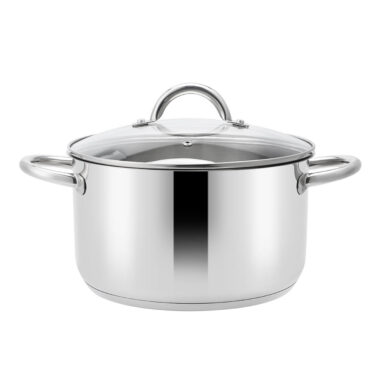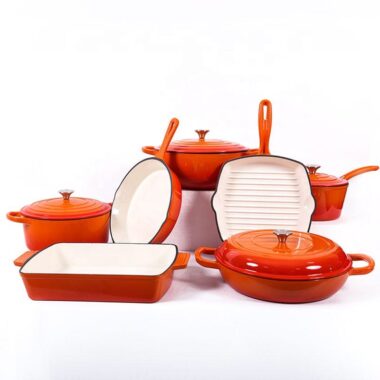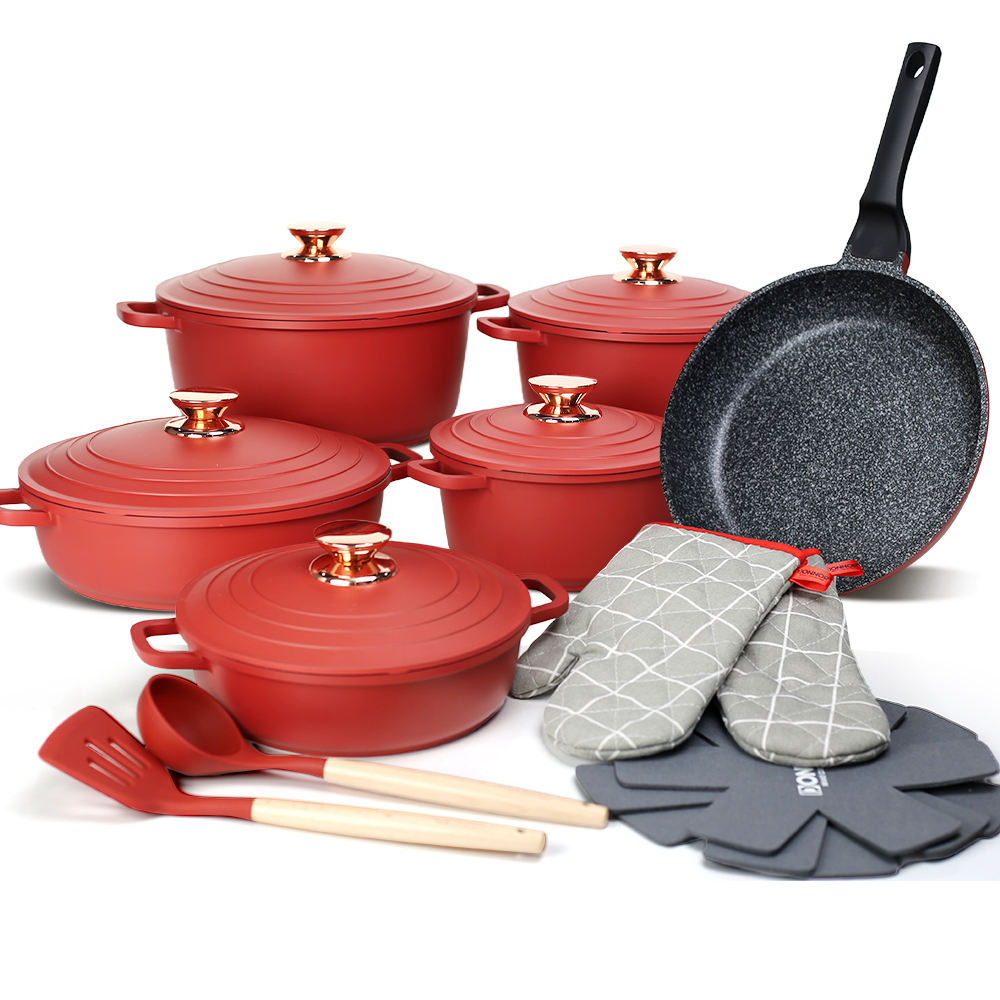Nice topic! Here’s a polished SEO-friendly blog draft for “Induction vs. Gas: Which Cookware Works Best on Your Stovetop?” — with title, keywords, meta, and a structured article you can publish or adapt.
Induction vs. Gas: Which Cookware Works Best on Your Stovetop?
Meta Title (60–70 characters)
Induction vs. Gas Cookware: Best Pots & Pans for Your Stove in 2025
Meta Description (under 160 characters)
Discover which cookware suits your induction or gas stove best. Compare materials, performance, and durability for smarter cooking choices.
Focus Keywords
induction cookware, gas stove cookware, best cookware for induction, cookware for gas stove, induction vs gas cooking, stovetop cookware comparison
Blog Article Outline & Content
Introduction
Choosing the right cookware is essential for efficient, safe, and delicious cooking. But with more people switching to induction stovetops while others stick to gas, you might wonder: Which cookware works best for induction and gas? In this article, we’ll break down the differences, pros, and cons of cookware on both stovetops to help you make an informed decision.
1. How Induction and Gas Stovetops Work
- Gas stovetops: Use an open flame for direct heat; versatile and instantly adjustable.
- Induction stovetops: Use magnetic fields to heat cookware directly; faster heating and precise control, but require compatible pots and pans.
2. What Cookware Works Best on Induction?
- Magnetic materials only: Cast iron, stainless steel (with magnetic base), some carbon steel
- Not compatible: Aluminum, copper, glass unless specially made with magnetic layers
- Best picks: Heavy-bottomed stainless steel, enameled cast iron, induction-compatible ceramic
3. What Cookware Works Best on Gas?
- Works with almost any cookware due to open flame
- Best: stainless steel, cast iron, aluminum (good heat conduction)
- Consider cookware with thicker bottoms to avoid hotspots and warping
4. Key Differences to Consider
| Feature | Induction Stove | Gas Stove |
|---|---|---|
| Heat Efficiency | Very high (up to 90%) | Lower (about 40-55%) |
| Cookware Compatibility | Must be magnetic | Any cookware works |
| Temperature Control | Precise and instant | Good, but flame can be uneven |
| Safety | Safer (no open flame) | Open flame risk |
| Cleaning | Smooth surface easy to clean | Burner parts can be messy |
5. Pros & Cons of Cookware for Each Stove Type
Induction
Pros:
- Heats quickly and evenly
- Cookware stays cooler to touch (safer)
- Energy-efficient
Cons:
- Need magnetic cookware
- Some specialized cookware can be costly
Gas
Pros:
- Compatible with almost all cookware
- Visible flame for intuitive heat control
- Works with traditional cookware
Cons:
- Less energy efficient
- Hotspots possible, requires good cookware
6. Tips for Choosing Cookware Based on Your Stove
- For induction, check for “induction compatible” labels or test with a magnet
- Choose cookware with a flat, thick base for even heat distribution
- For gas stoves, durable stainless steel or cast iron works best for long-lasting use
- Avoid lightweight or warped pans on gas to prevent uneven cooking
7. Conclusion
Both induction and gas stovetops have their own advantages, and choosing the right cookware is key to unlocking their full potential. If you’re switching to induction, invest in magnetic cookware for the best results. Gas stove users have more flexibility but should prioritize sturdy, thick-bottomed cookware to optimize cooking performance.
If you want, I can also create a comparison infographic or product recommendations for each stovetop! Would you like that?








